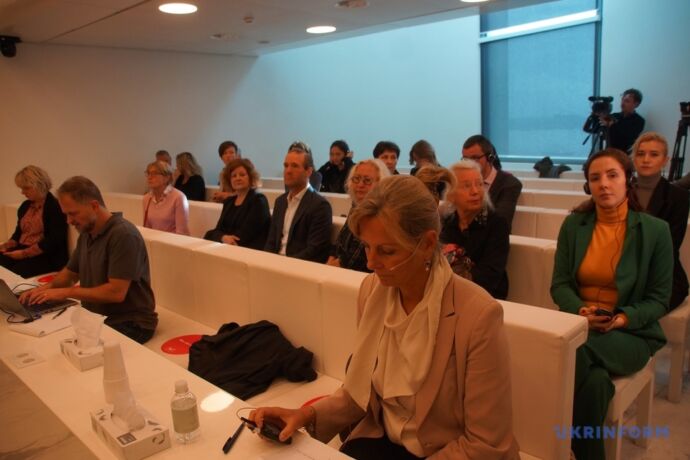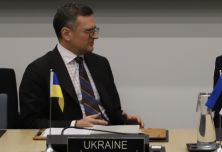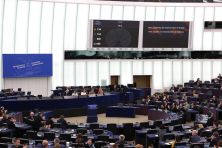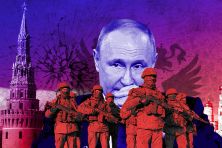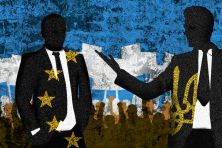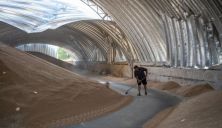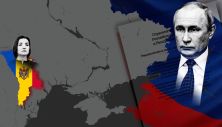The Court of Appeal of Amsterdam, where the hearings were held on the merits in the case of belonging of the collection of “Scythian gold”, decided to return the exhibits of the exhibition “Crimea. Golden Island in the Black Sea” to the territory of the sovereign state of Ukraine.
UA reports this with reference to Ukrinform agency.
According to the report, the court announced its decision on Tuesday, October 26.
However, four Crimean museums – the Central Museum of Tavrida, the Kerch Historical and Cultural Reserve, the Bakhchisaray Historical and Cultural Reserve and the Chersonesos of Tavriya National Reserve – have the right to appeal to the Supreme Court of The Hague in the Netherlands to appeal the decision of the Court of Appeal in Amsterdam.
On December 14, 2016, the District Court of Amsterdam ruled that the exhibits of Crimean museums from the collection “Crimea – a golden island in the Black Sea” (“Scythian gold”) should be returned to Ukraine. The decision was made on the basis of a UNESCO convention, according to which artistic values must be returned to the sovereign state that provided them for temporary exhibition.
On March 28, 2017, the Court of Appeal of Amsterdam received an appeal from the representatives of the Crimean museums against this court decision.
In October 2020, the Court of Appeal in Amsterdam granted Ukraine’s request in the Scythian Gold case to remove a judge by confirming the presiding judge’s connection with lawyers for Crimean museums, which may indicate his bias in the case.
On April 22, 2021, a decisive debate of the parties took place in the Court of Appeal of Amsterdam.
The collection of “Scythian gold” was brought to the museum in Amsterdam for exhibition before the occupation of the peninsula by Russia.
“Scythian gold” is kept in the Allard Pearson Museum in Amsterdam while the litigation continues.

